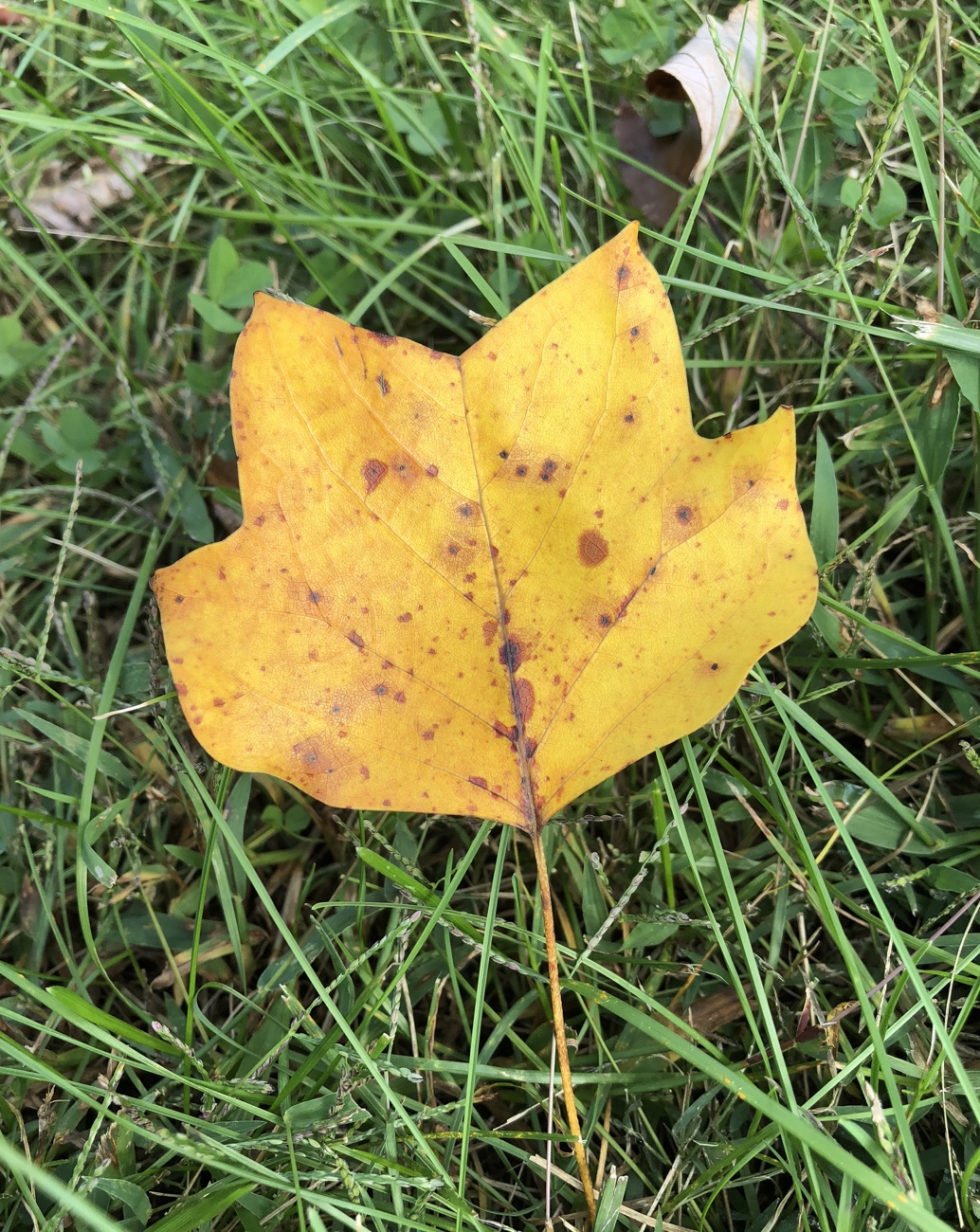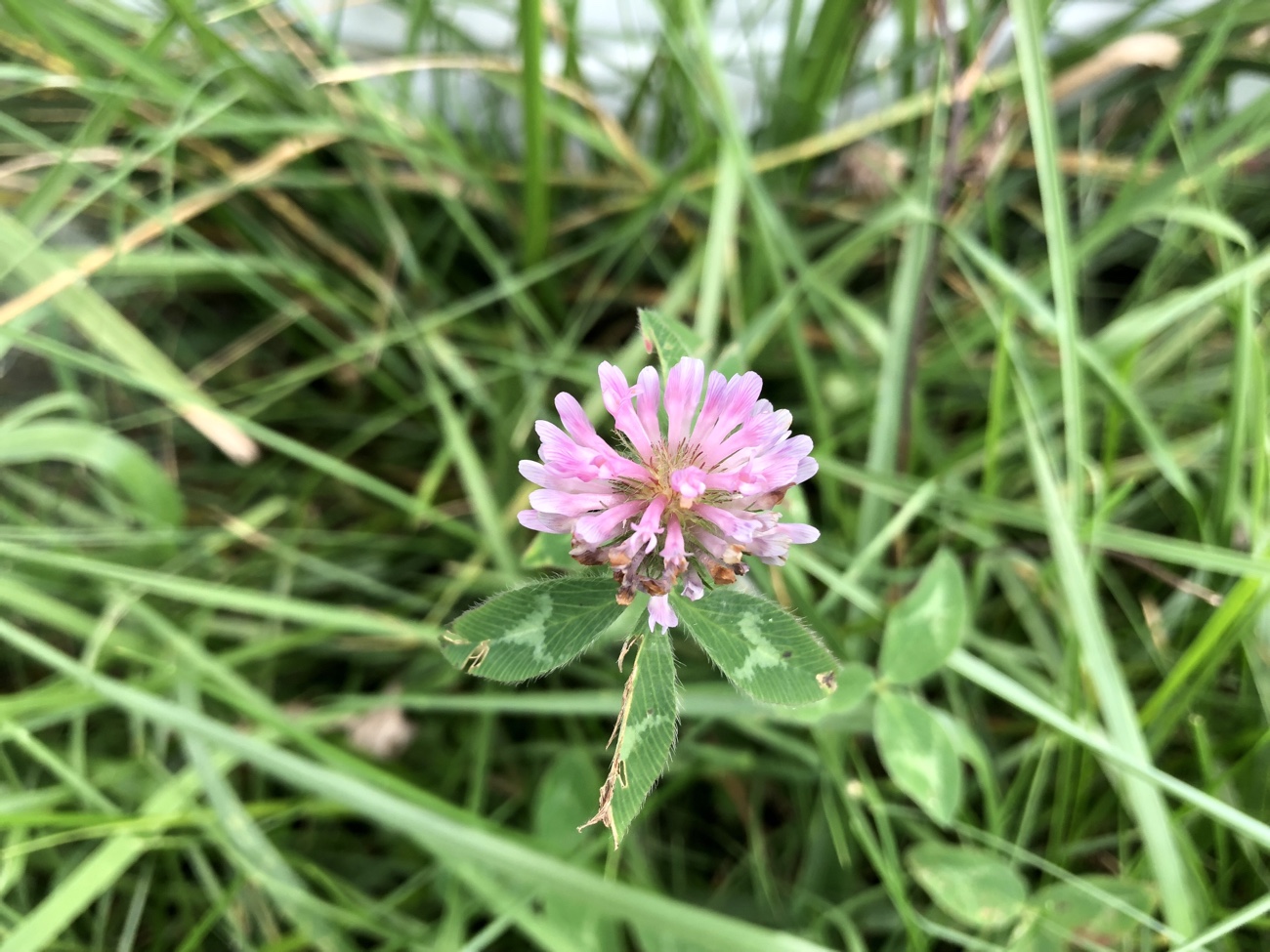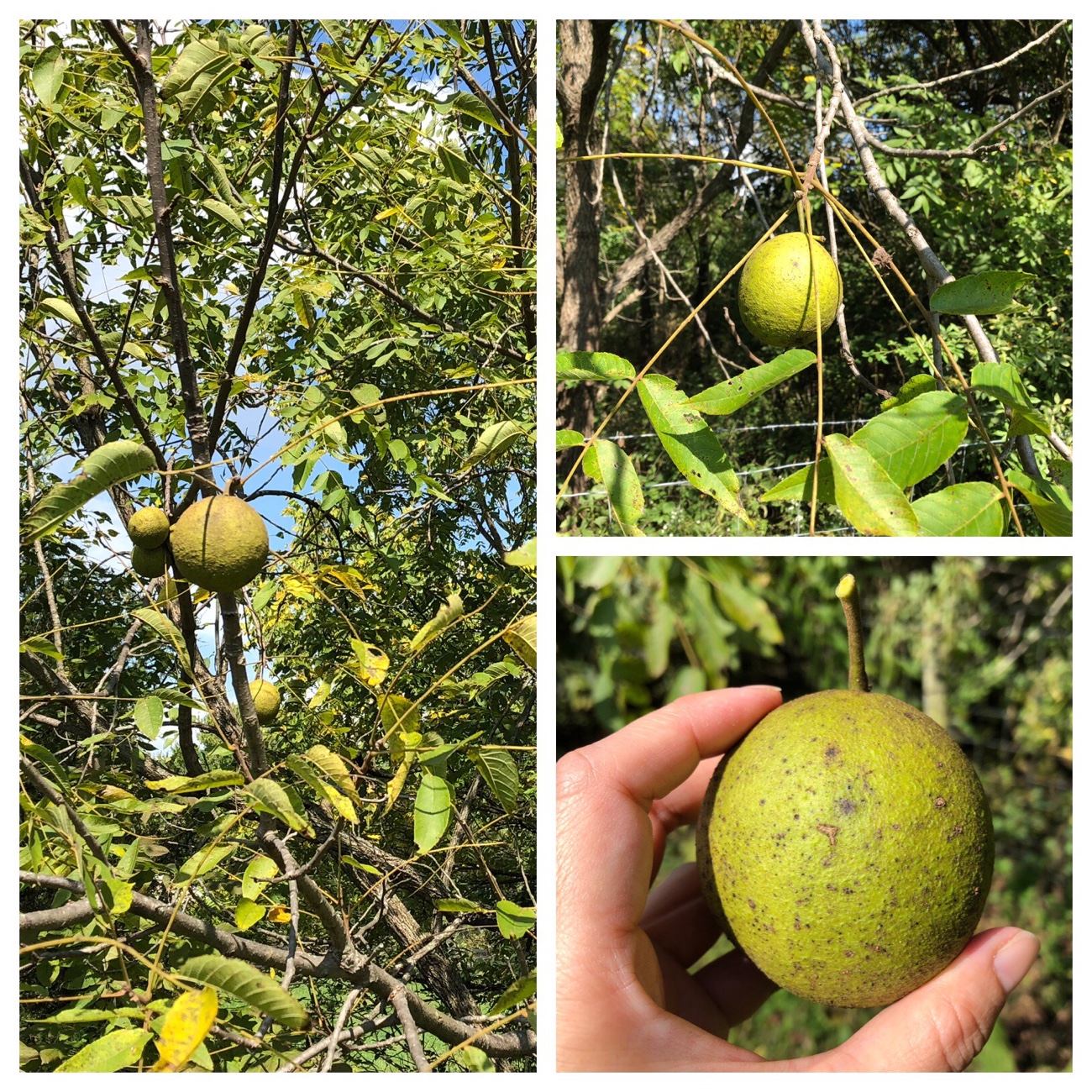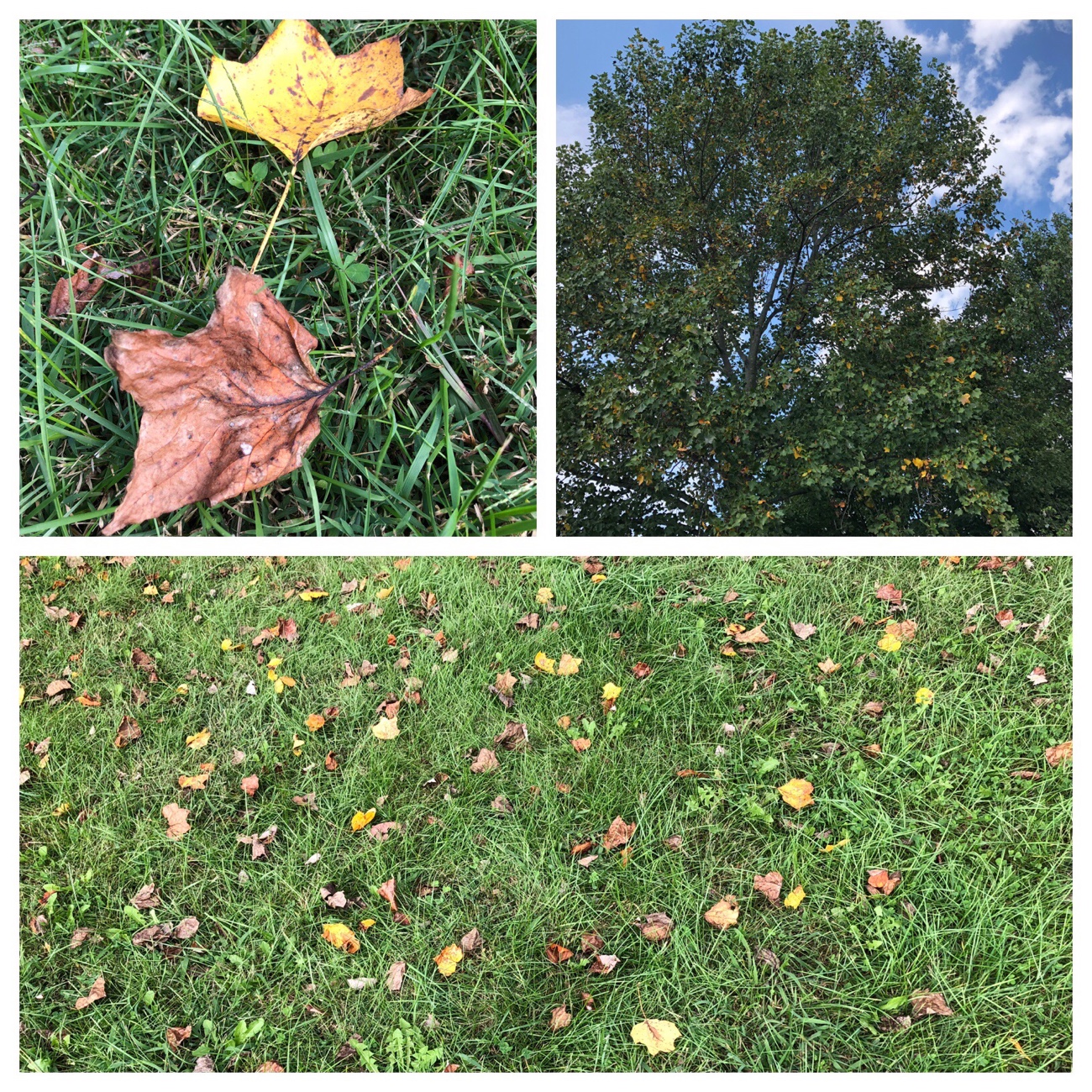
Once again, we are now in October and still it’s in the high 80’s here, reaching well into the 90’s with the humidity; while some leaves have fallen, it just doesn’t feel like fall at all. The leaves’ colors don’t look right and the pesky summer bugs are still hanging around. Is this the new “normal”?
When you work your land, you see the changes brought by the seasons, and you learn which plants will appear at different times of the year in the pastures. This year, we didn’t see a number plants that I had really been hoping to forage, like red clover. Last year, it was abundant in the fields and the rabbits ate as much as they wanted. This summer, there were a few flowers, but not nearly enough to make red clover wine.

Other plants also did poorly, like the volunteer mulberry tree growing by the barn. It was full of green berries in spring and I just knew it would be a bountiful year – I was planning jams, syrups, wine, and other beverages that could be made with the berry bounty. What actually happened is that the berries dried up on the tree before they became fully ripe; I was able to gather enough to make some water kefir, but it was only a small amount.
Promisingly, the elderberry bushes were loaded, even after I harvested enough flowers for syrup and a couple of batches of wine. It was looking good for lots of the deep purple berries (again, for jelly, syrup, and wine)…I kept waiting for them to ripen enough to harvest. Unfortunately, the rains came and pounded them to the ground. Instead of fighting the wild birds for the berries, there were simply none for us this year.

The black walnut trees’ production was also poor this year. Though not all walnut trees will apparently produce well every year, nuts were noticeably skimpy: just a few (though unusually large) graced the trees at the end of summer, in contrast to last year. The squirrels must be frantic! Hopefully, there are other wild-growing nuts they can collect and store throughout the pastures to replace the missing walnuts.

Old friends like Heal All haven’t been as prolific as in years past. While I could still spot a purple bloom here and there in the pastures, they were much more scarce this year. Even the goldenrod isn’t as bright and bushy as it was last year.

I think the lack of rain we had during late spring and into summer, combined with extreme heat during the summer, has taken its toll on the plants. The ground was parched and cracked, and when rain finally did come, it wasn’t the deep and steady soaking we needed; instead, it came in storms’ torrential downpours that overflowed creeks and battered plants.
Frankly, I’ve grown weary of the heat and sticky humidity that just persists. I prefer that cooler, crisper weather heralds Autumn’s arrival, with crunchy fallen leaves in glorious yellows, oranges, and reds. And pumpkins for Halloween; sadly, a local pumpkin farm estimates that it lost 50% of its pumpkin crop because of the recent heavy rains.

When the weather doesn’t behave in predictable – relatively speaking – ways, it becomes a difficult task to plan farming activities, like planting and harvesting crops. When there are temperature extremes (like heat indices pushing temperatures into the 105+ degree range), it becomes a challenge to to keep animals alive, and it also becomes dangerous for those who have to work in the heat. And regardless of the weather, animal chores don’t wait.
Watching how climate change is affecting our surroundings, I wonder how long it will continue to be possible to farm the way that humans do now. As each summer reaches new highs and breaks heat records, as plants and animals (and people) suffer, it becomes a more anxiety-inducing season. It’s time for summer to move on and for cooler weather to arrive. Begone, bugs!
